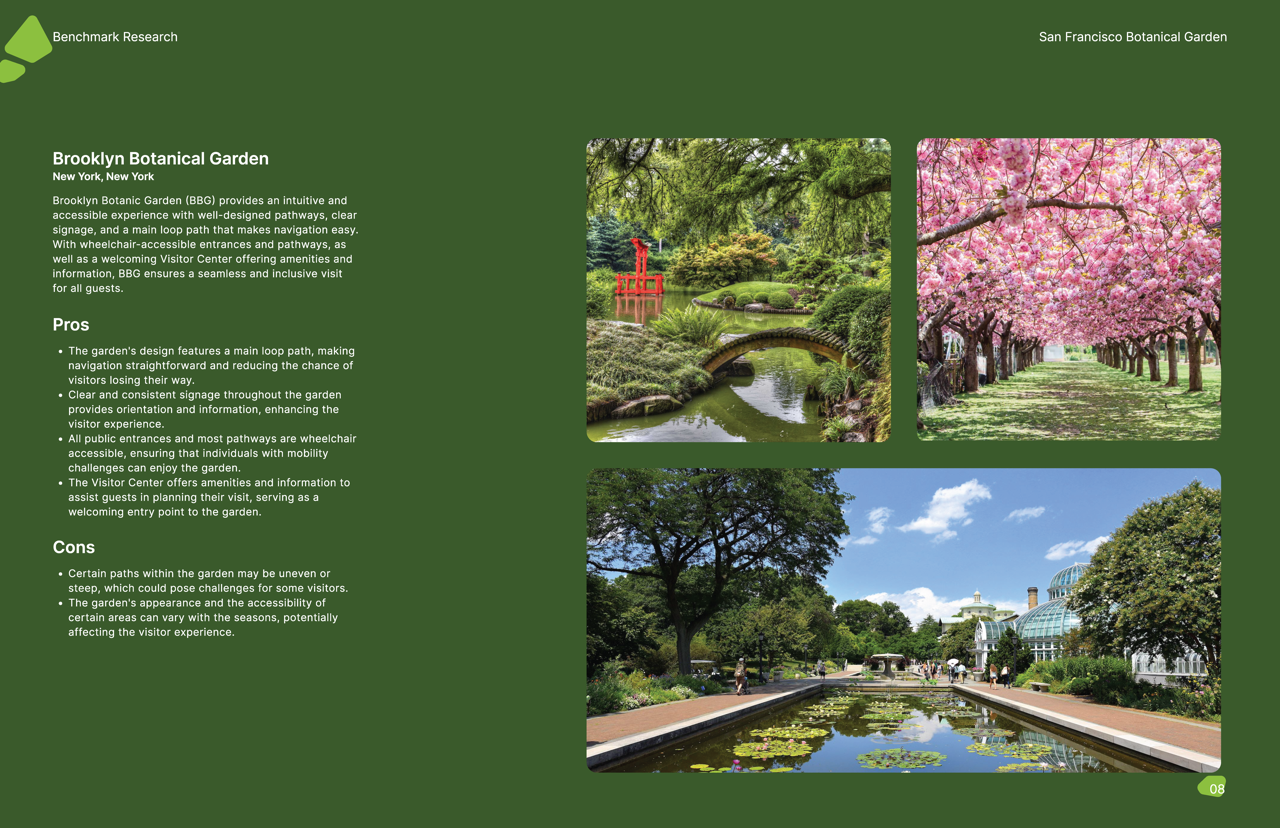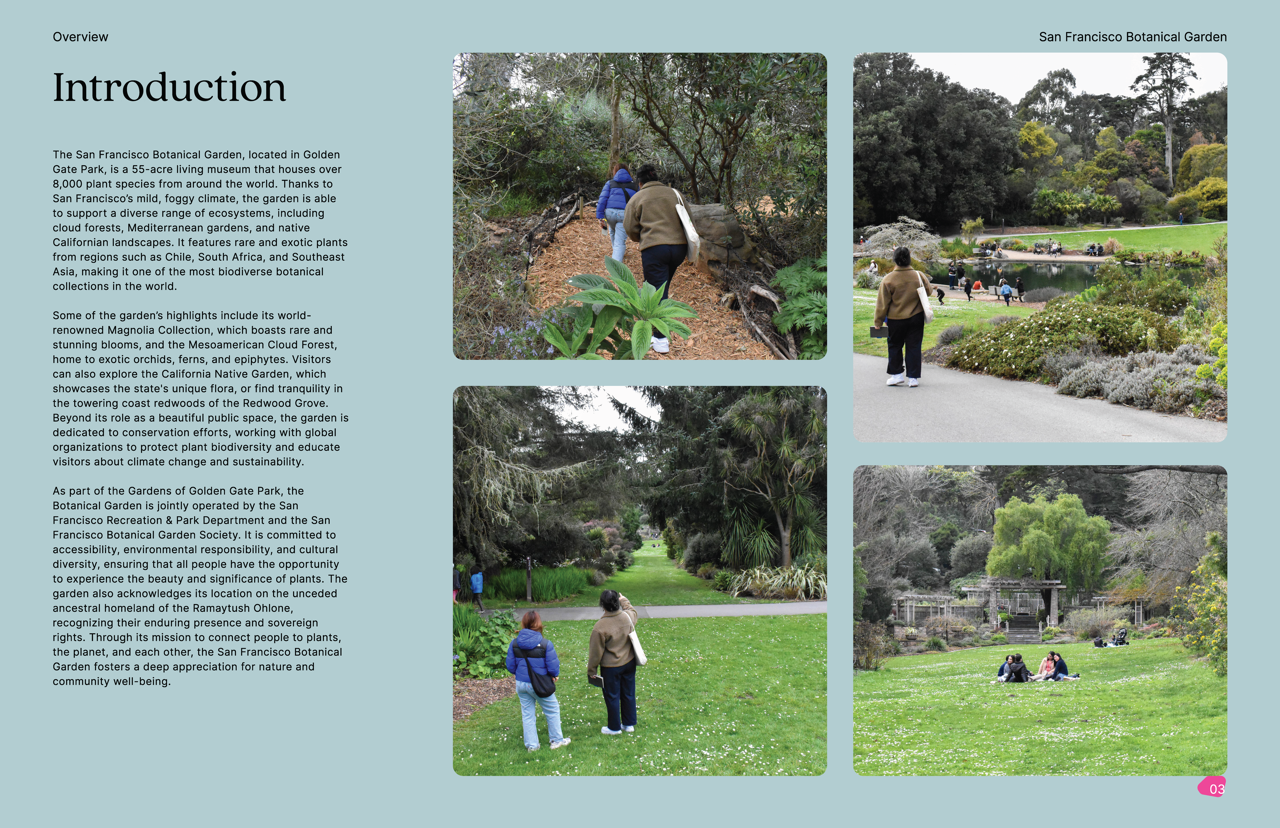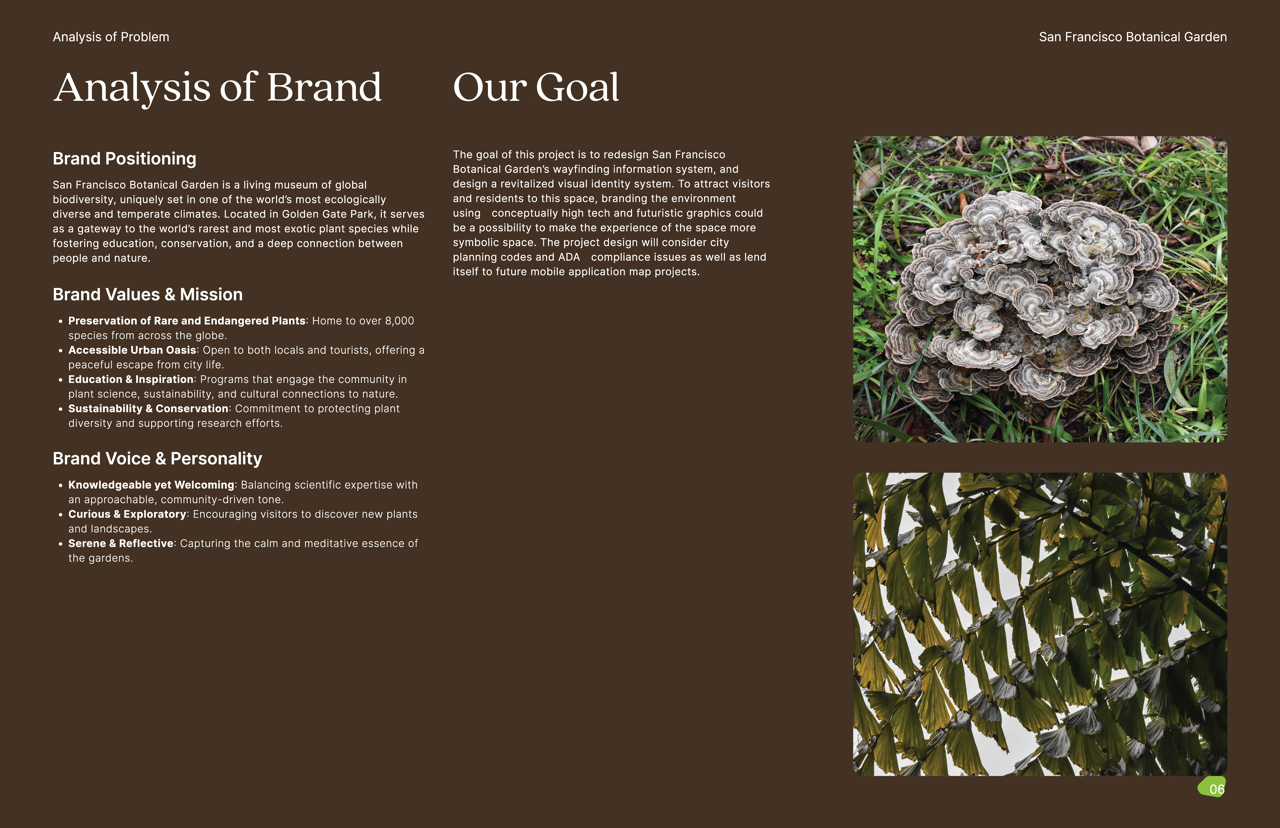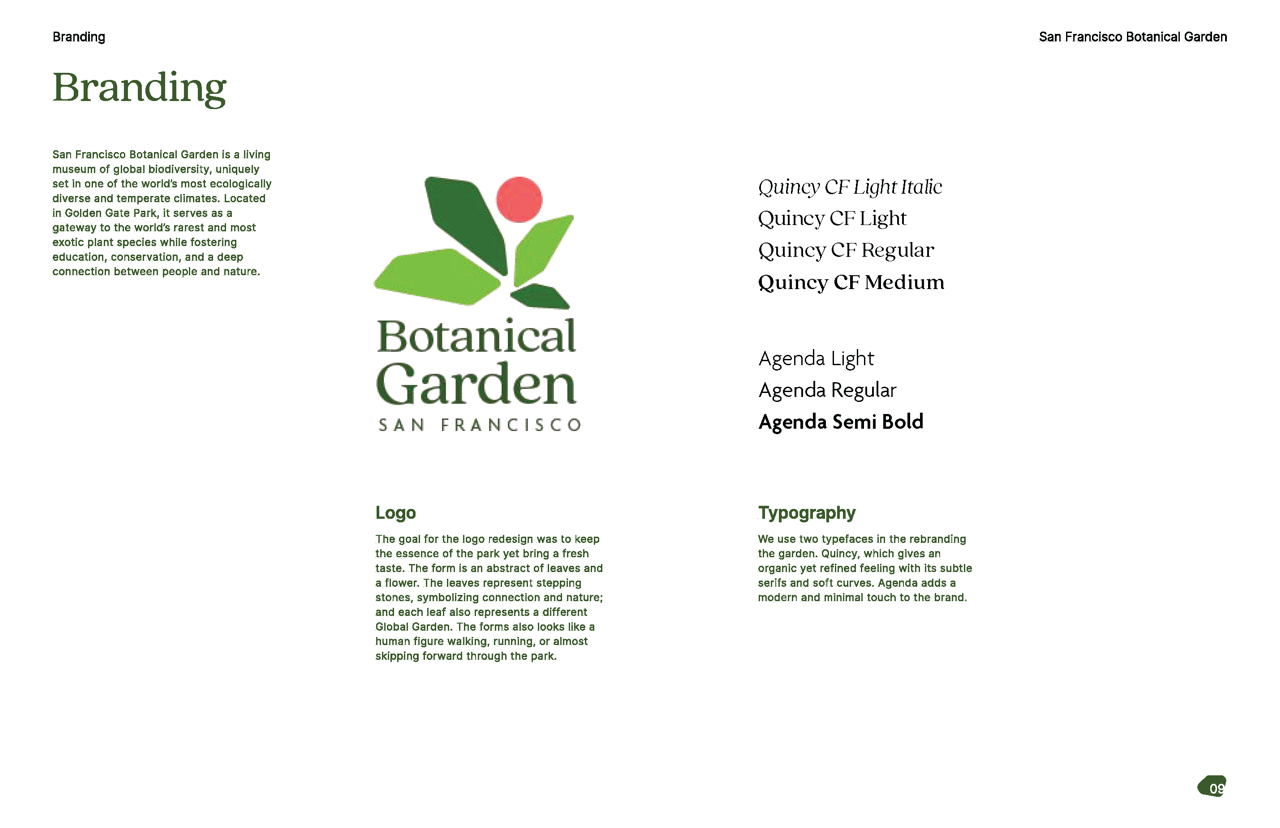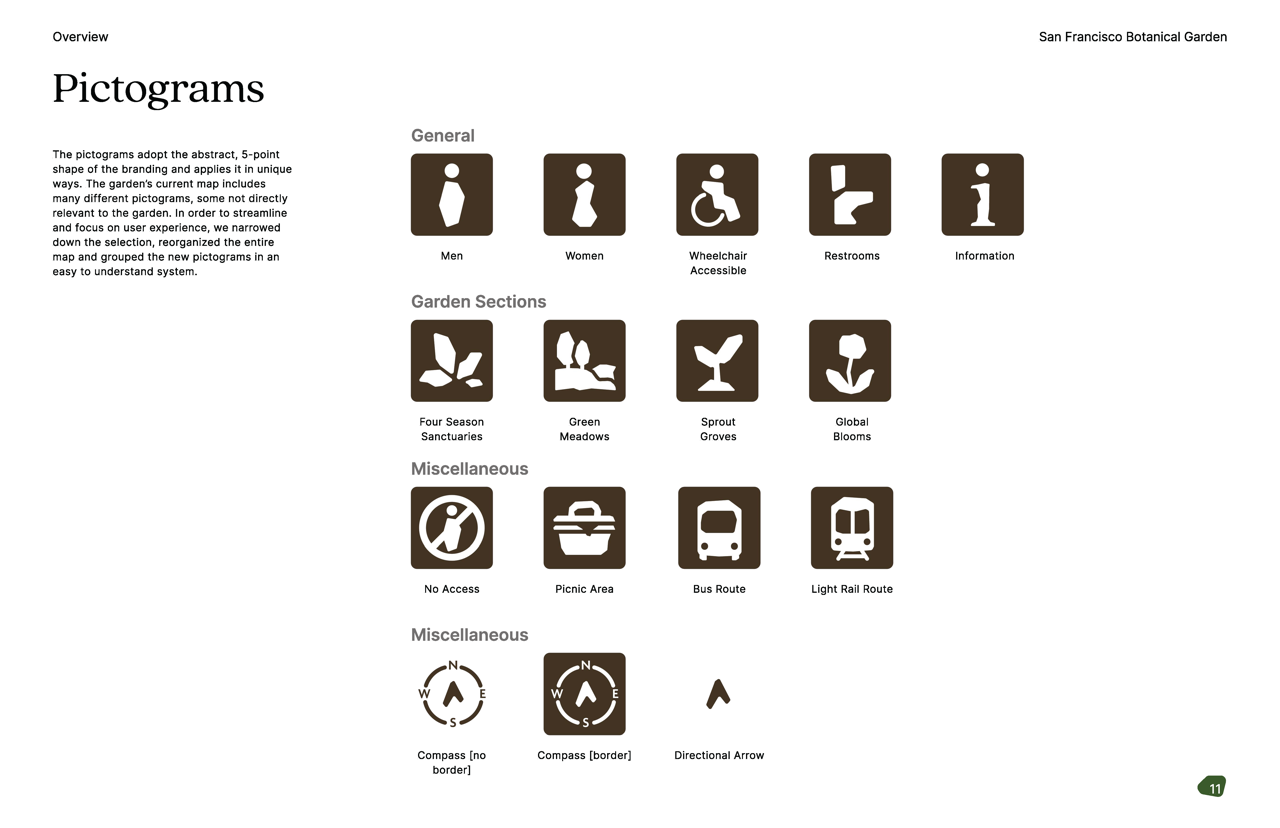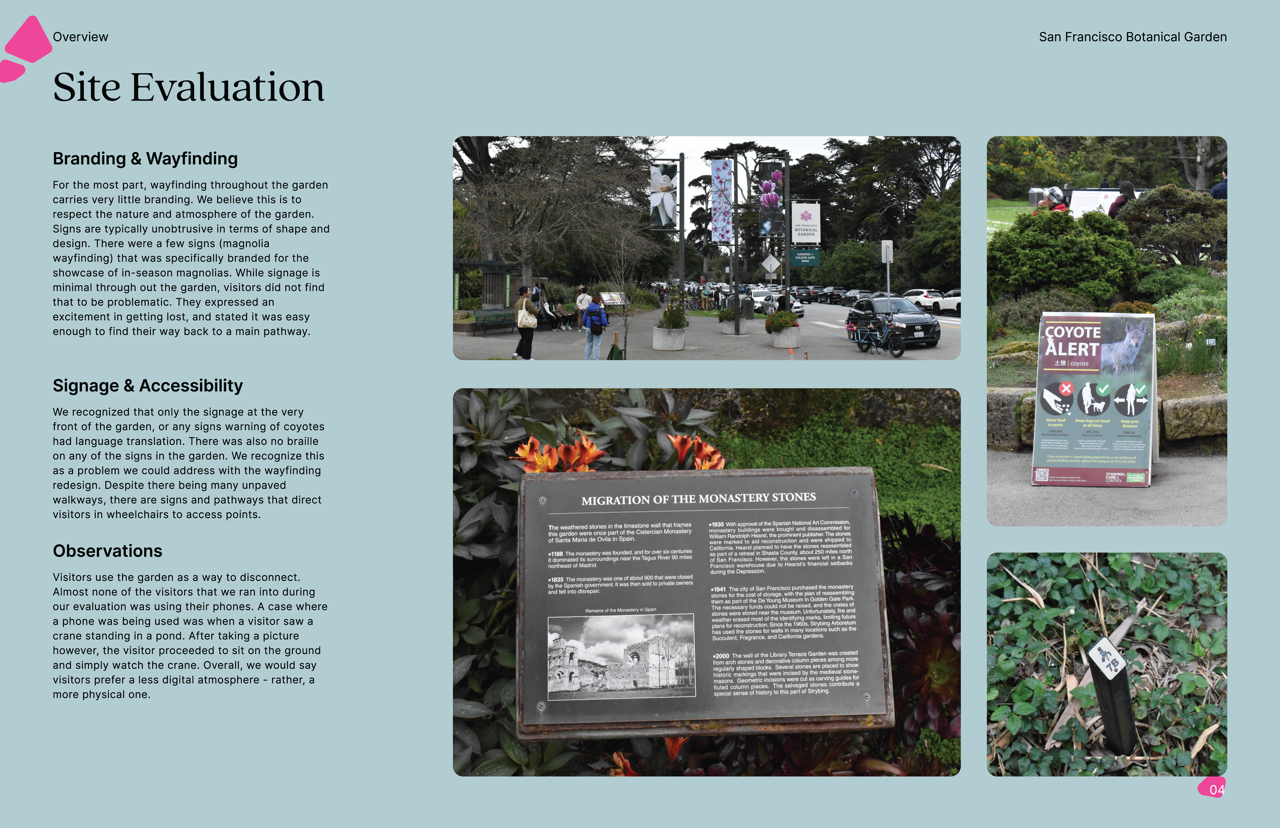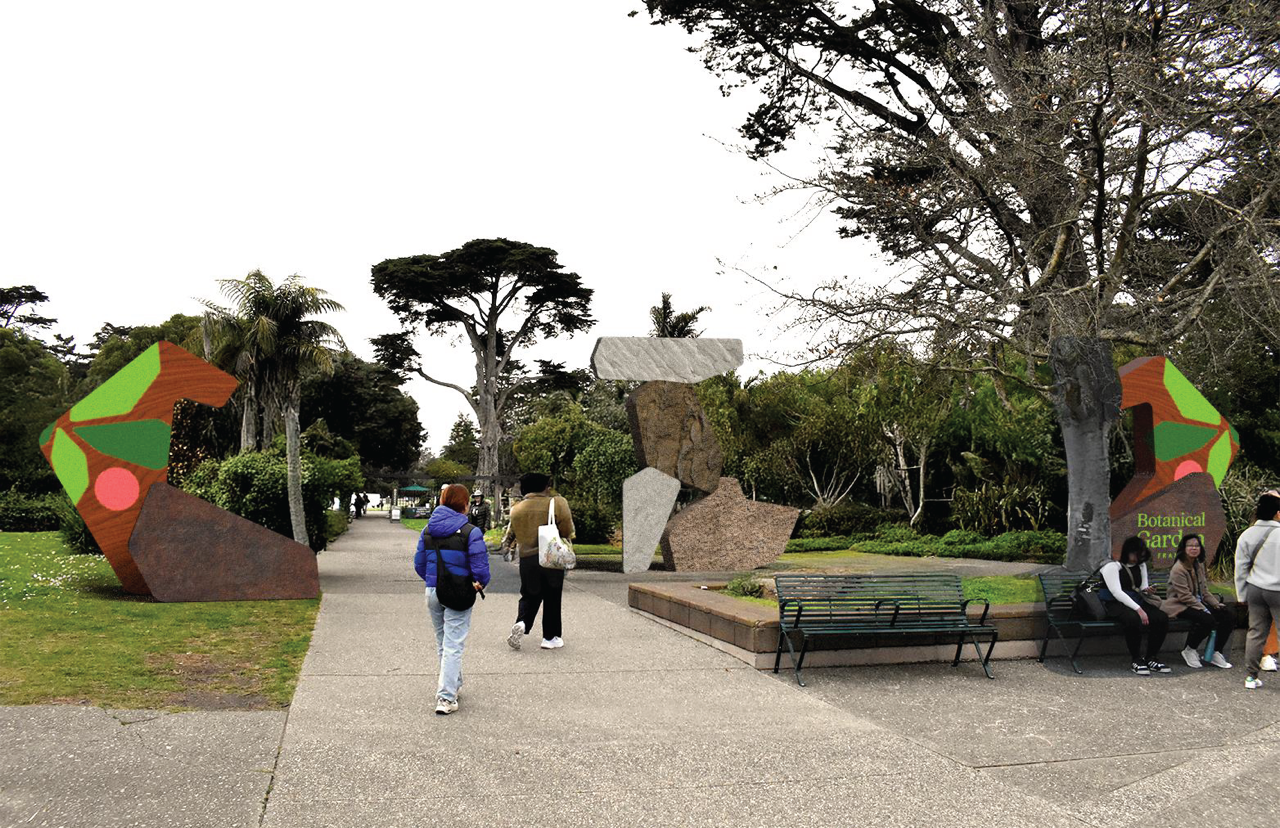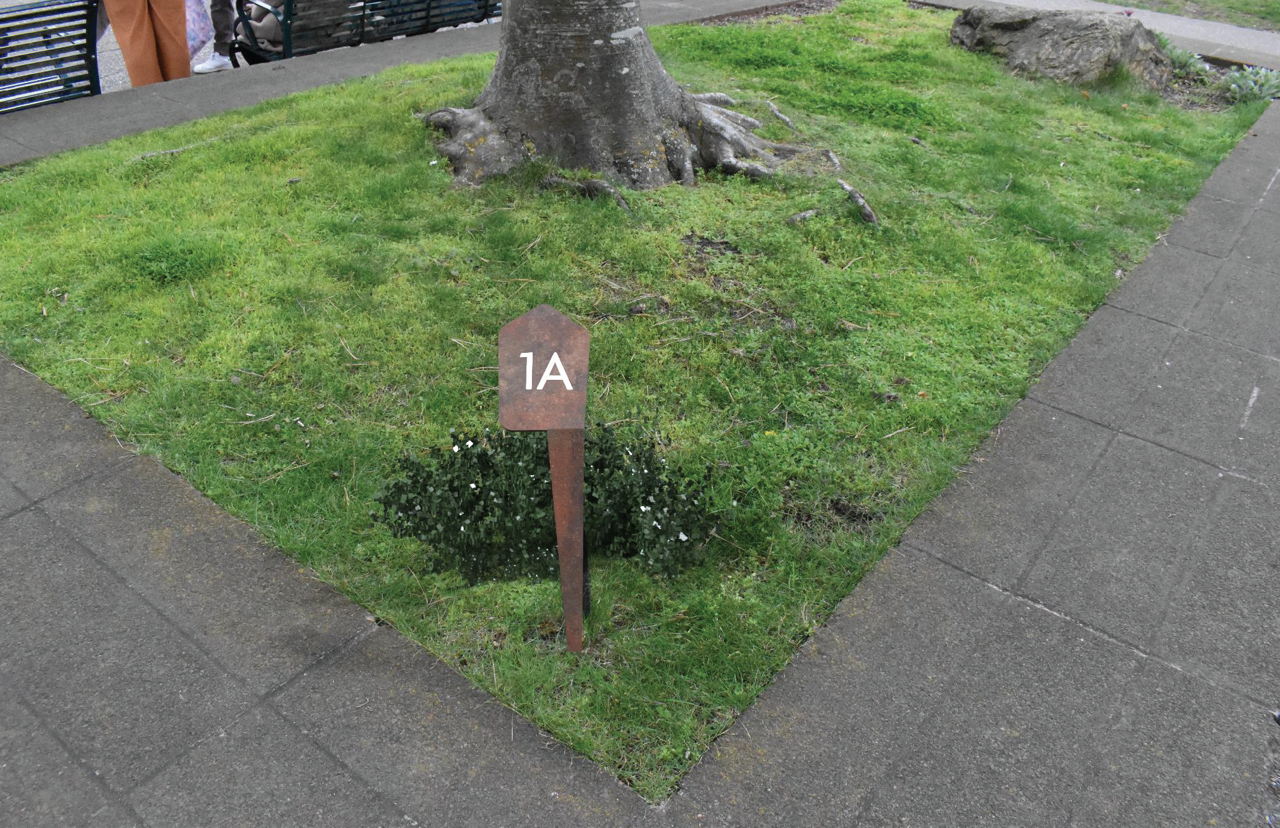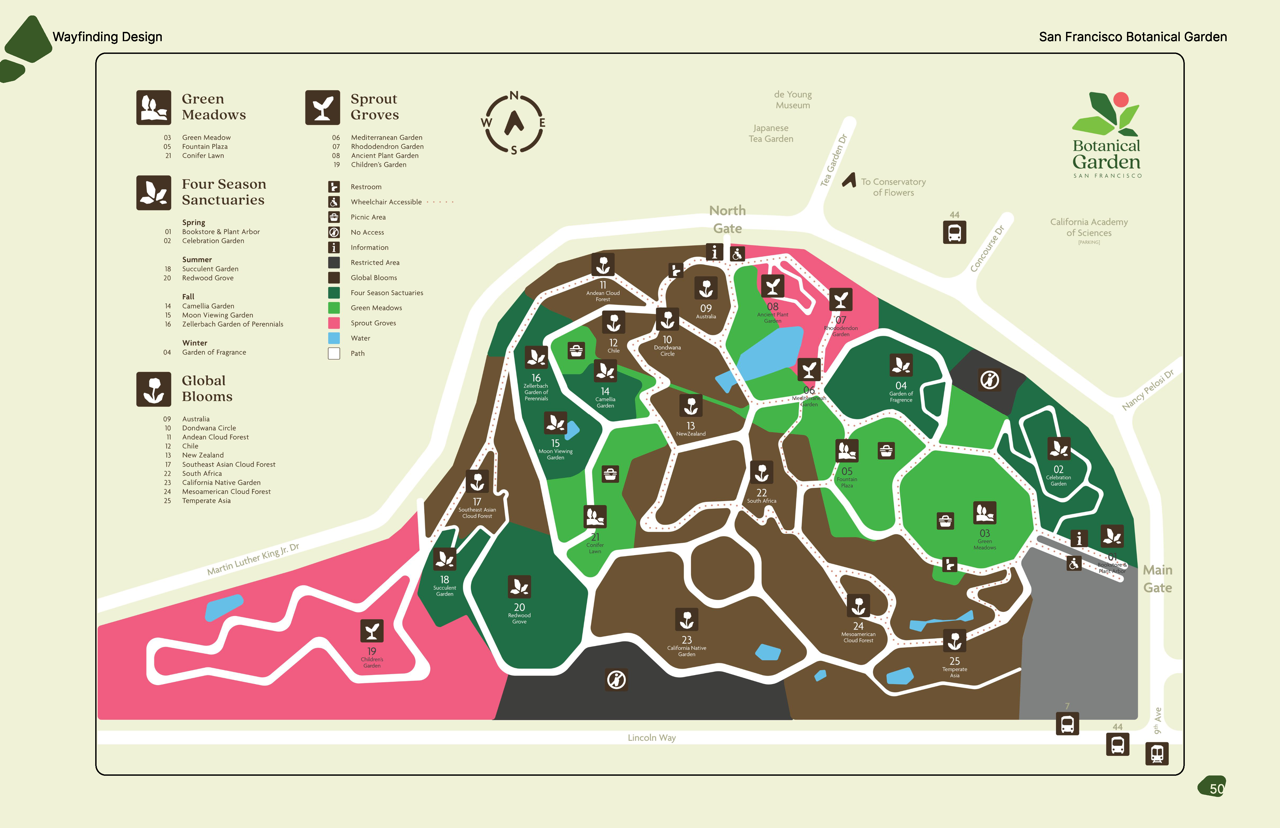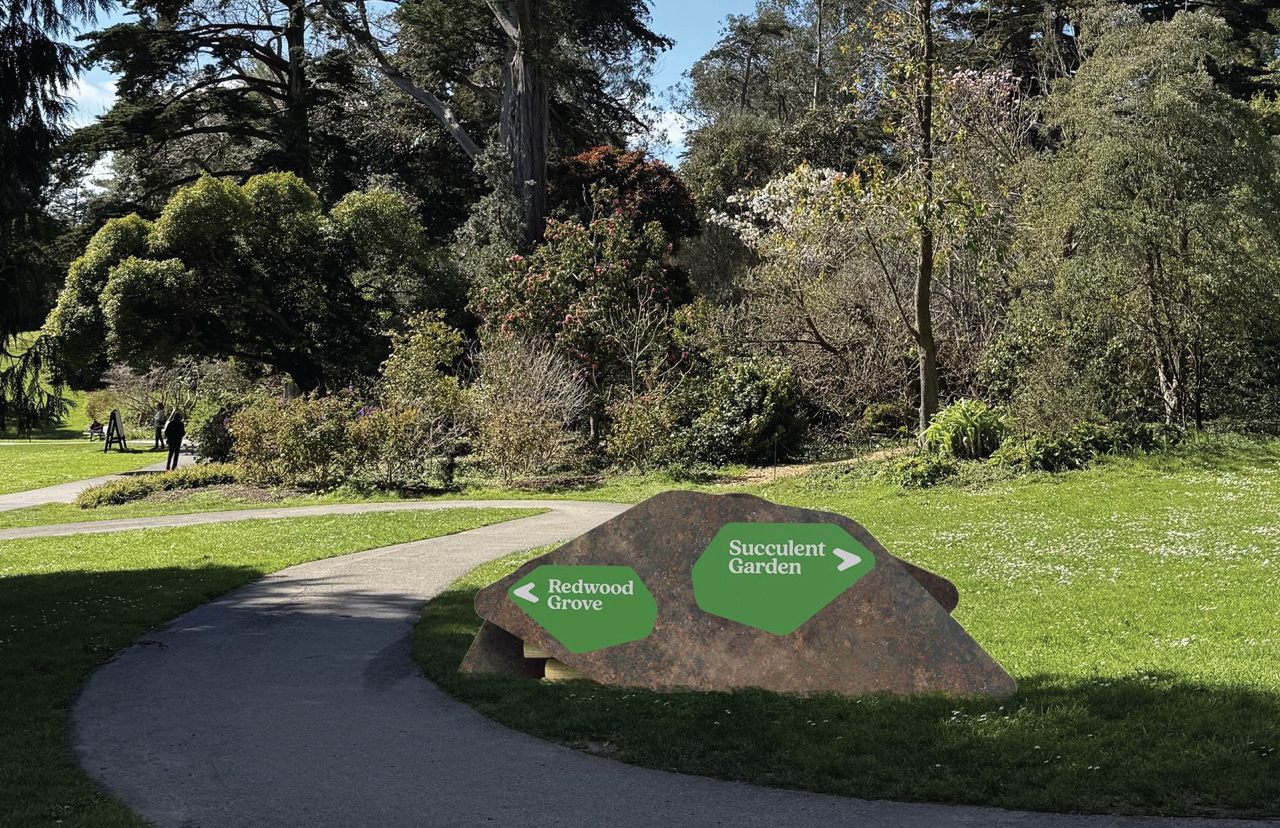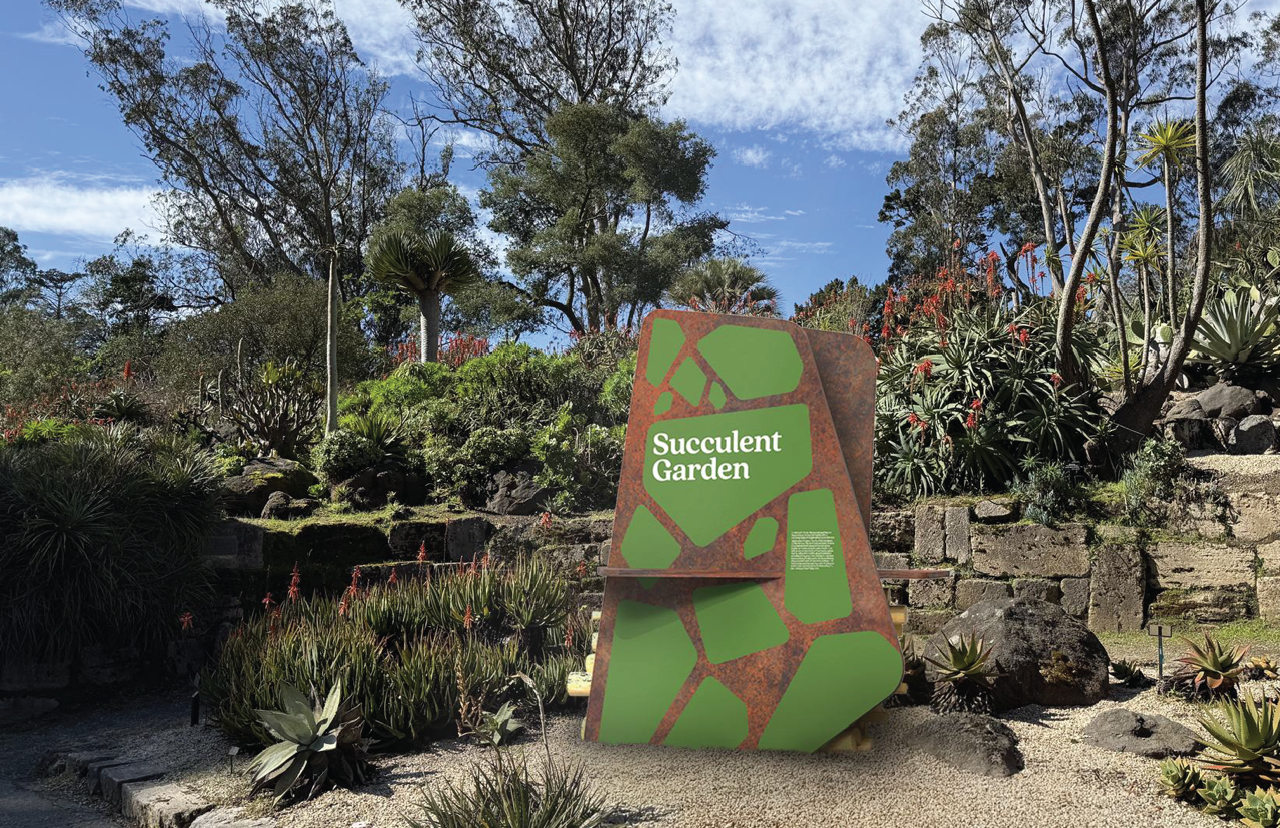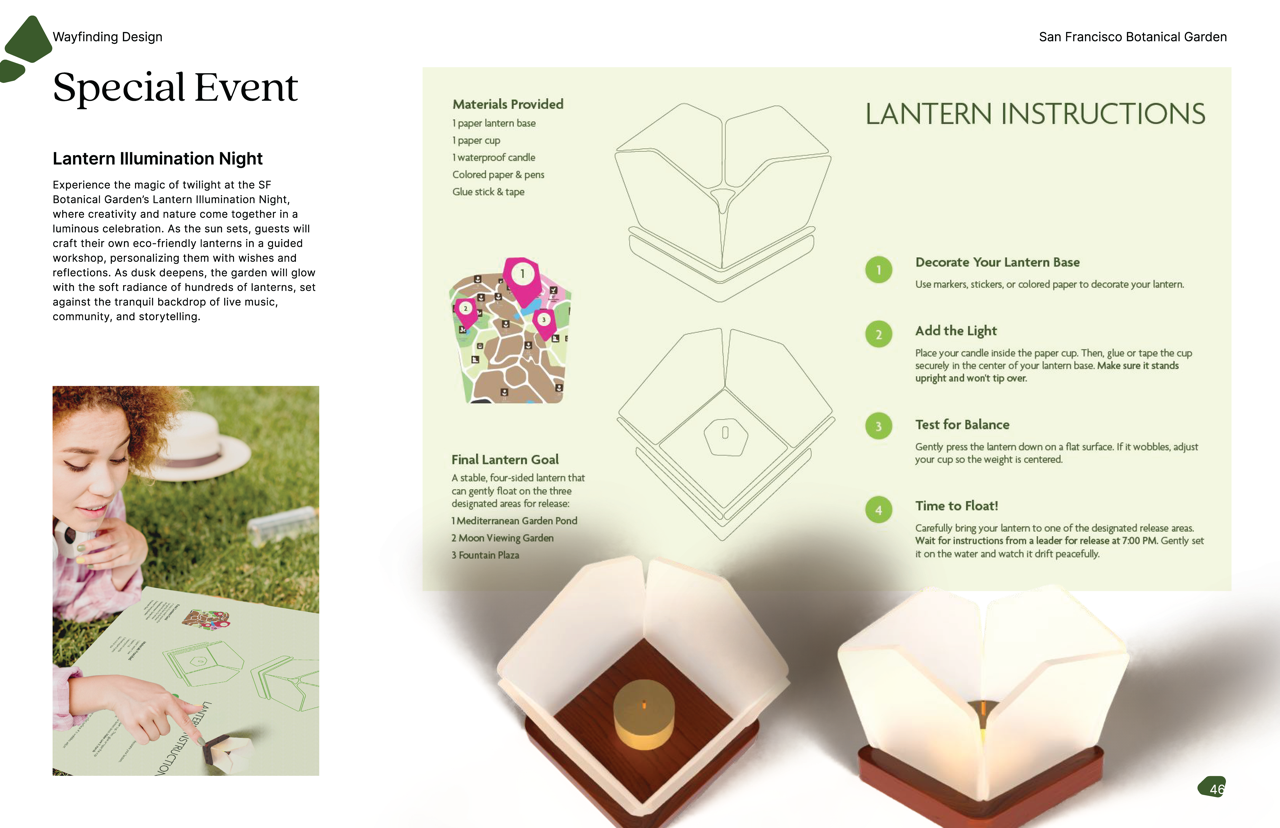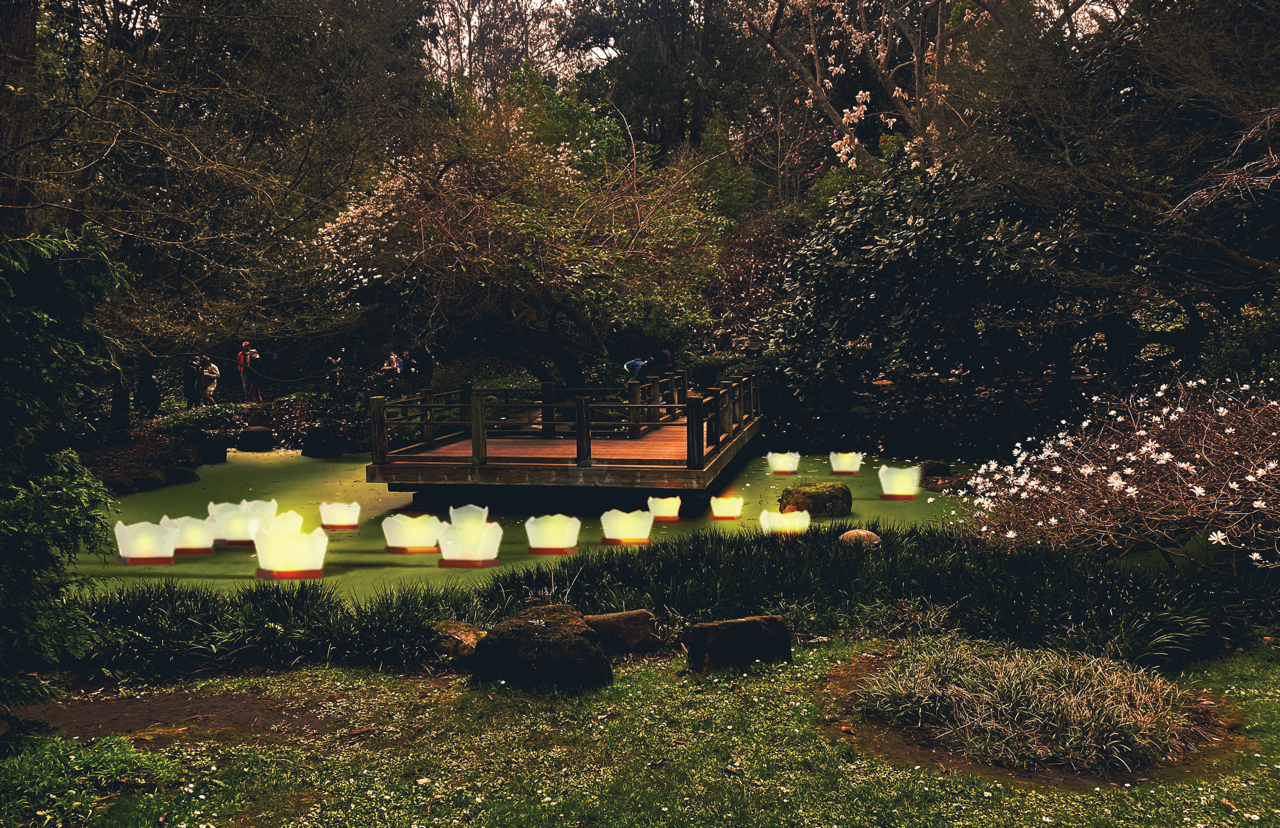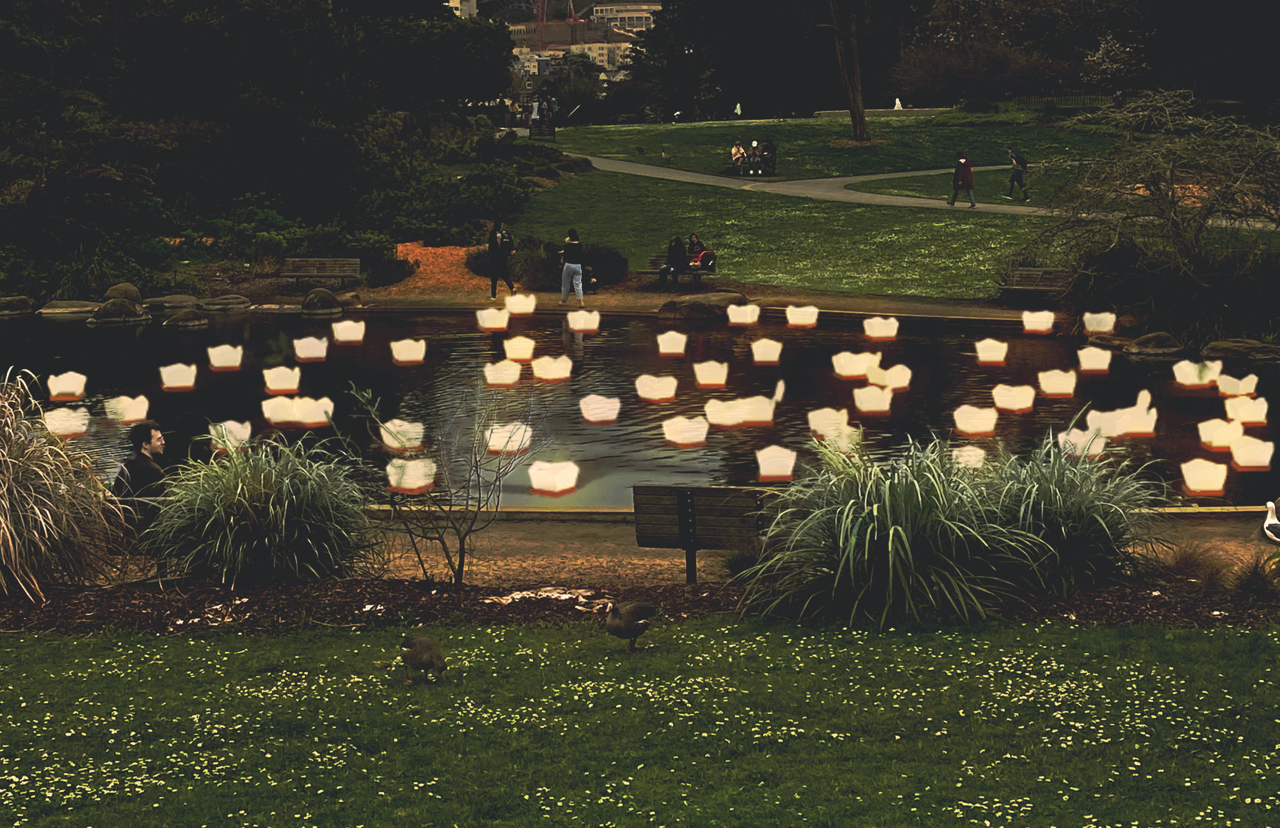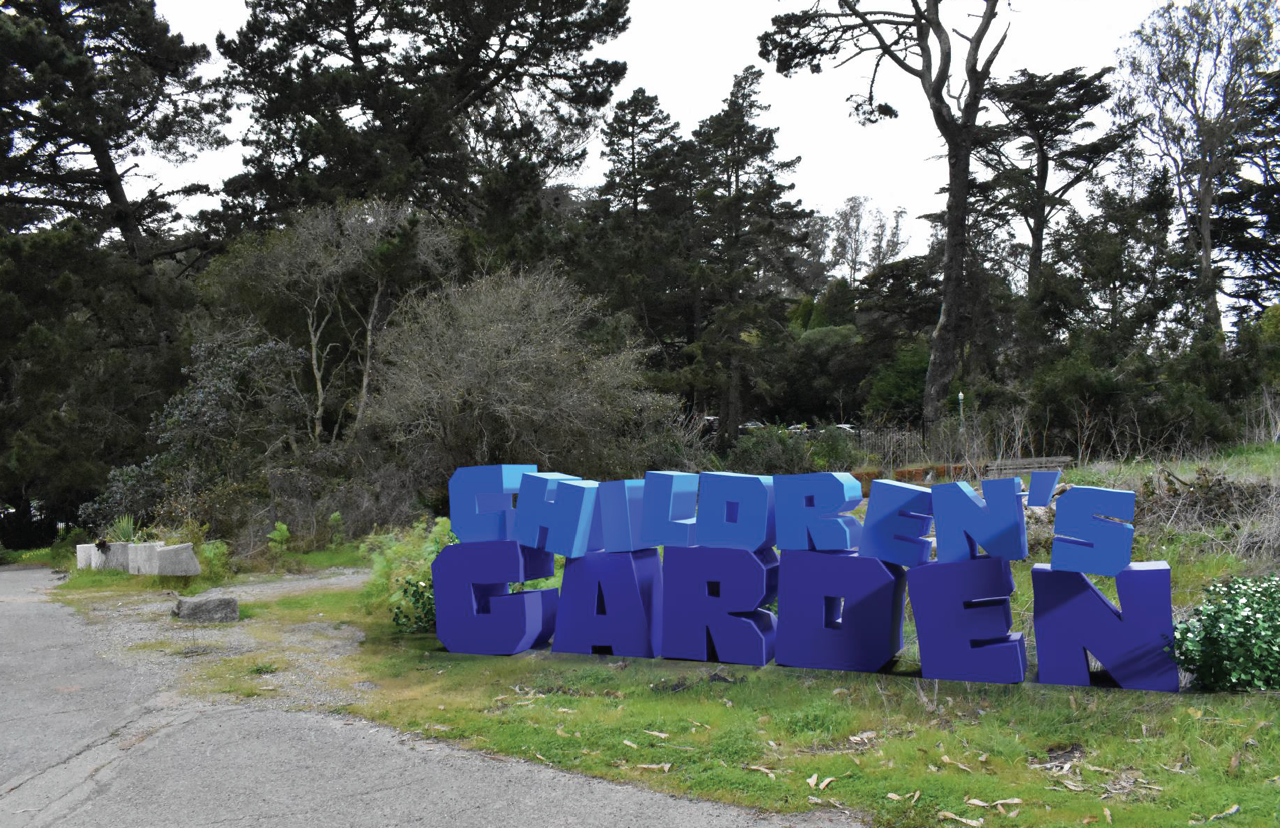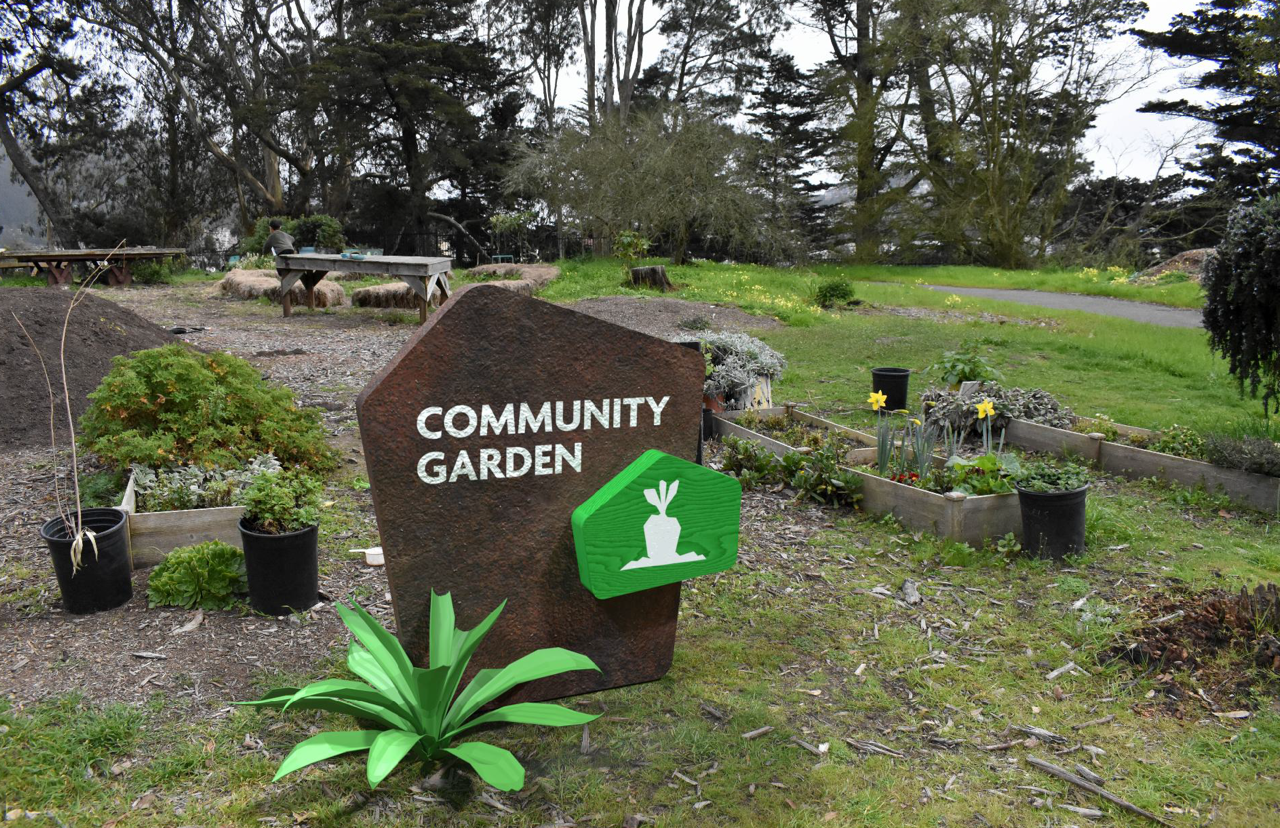San Francisco Botanical Garden
About
San Francisco Botanical Garden is a living museum of global biodiversity, uniquely set in one of the world’s most ecologically diverse and temperate climates. Located in Golden Gate Park, it serves as a gateway to the world’s rarest and most exotic plant species while fostering education, conservation, and a deep connection between people and nature.
Team
Frida Muro, Kat Earnest, Alexey Tchernychev, Stephanie Badua-Smail
Mission
The objective was to design an accessible navigation system that fosters a meditative exploration experience, supported by a carefully reconsidered and revitalized framework. Recognizing that nearly all visitors use the tranquil environment as a refuge from urban chaos, our team strived to enhance clarity without detracting from the natural surroundings. Through extensive interviews, management consultations, survey analyses, and the integration of new marketable events, we mapped out customer journeys aimed at achieving optimal outcomes. The project design adheres to city planning regulations and ADA compliance standards, while also being adaptable for future integration with mobile application mapping technologies. Furthermore, we emphasized sustainability by repurposing discarded materials found throughout the park, giving them a new role in construction and contributing to environmental conservation.
RebrandingWayfindingUser Experience AnalysisSustainable Solutions

